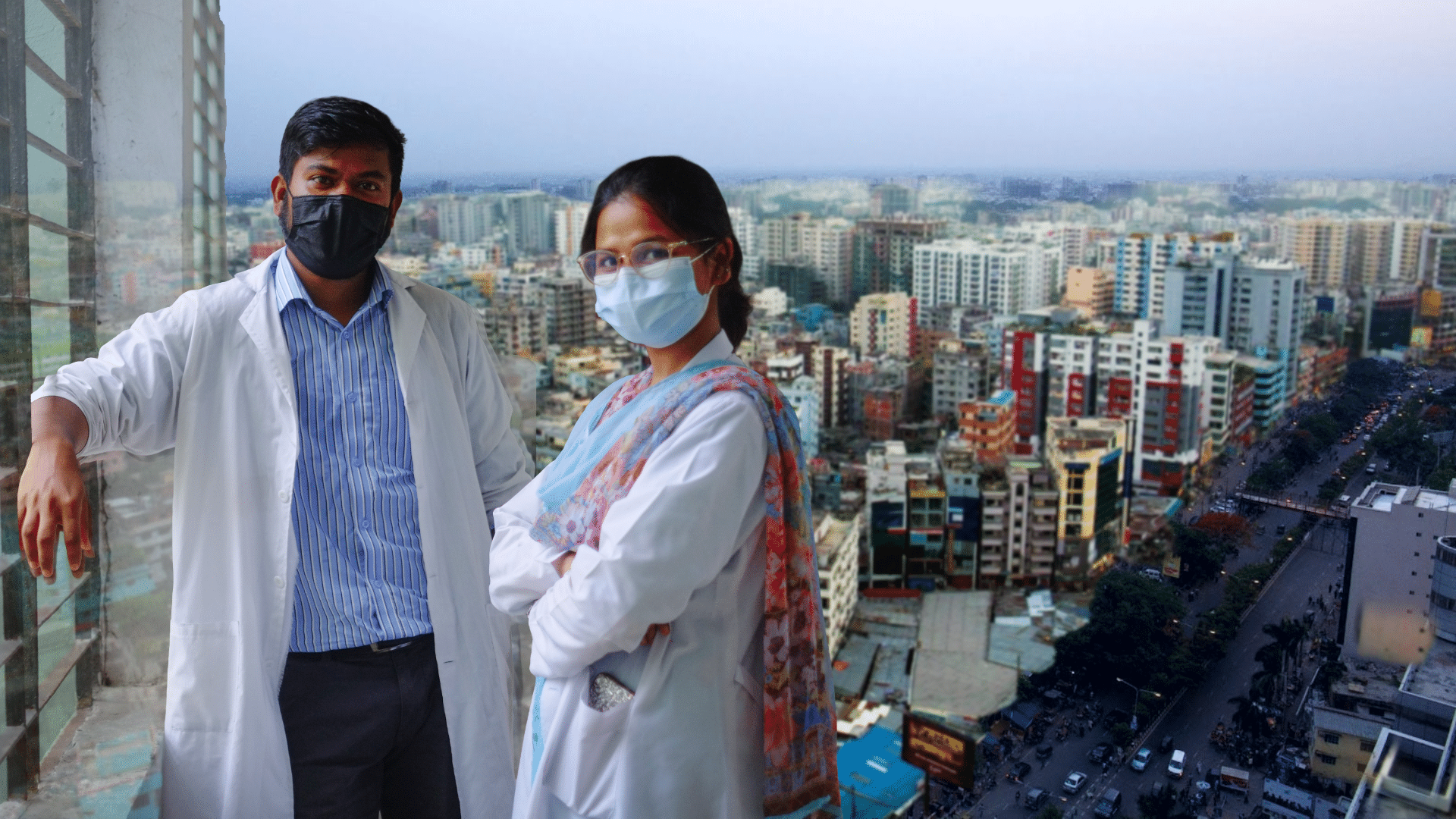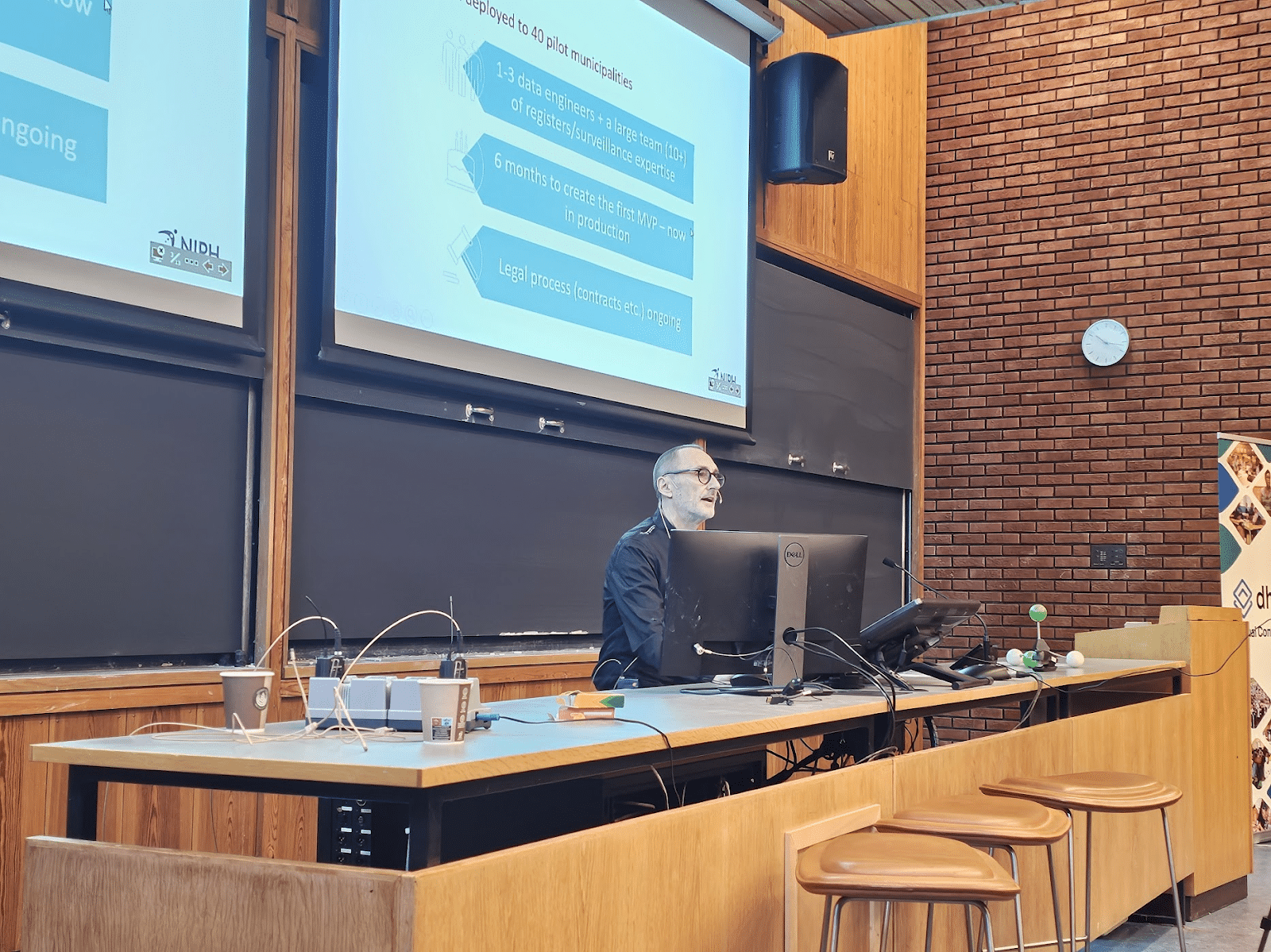
Strengthening pharmacy stock management in Somalia with DHIS2
The ICRC and the Ministry of Health used DHIS2 to digitize pharmacy stock management across Somalia’s national supply chain, reducing order processing time from 4 hours to under 30 minutes.
In humanitarian emergencies, access to essential medicines and supplies can be disrupted by weak logistics systems and outdated data collection methods. In Somalia and other conflict-affected settings, health facilities supported by the International Committee of the Red Cross (ICRC) relied extensively on paper records or disconnected spreadsheets, making it difficult to track medical stock levels and ensure timely replenishment. This created inefficiencies, delayed deliveries, and left facilities vulnerable to critical stockouts, ultimately compromising patient care.
To address these challenges, the ICRC developed the Pharmacy Stock Management (PSM) system, a DHIS2-based application designed to digitize and standardize stock tracking across supported facilities. After a successful 18-month pre-pilot in Somalia, the system expanded to other countries that ICRC supports, and is now active in 98 sites across 12 countries, with 390 active users. PSM significantly reduced stock ordering times—from several hours to under 30 minutes—and improved the accuracy, visibility, and speed of stock data. It also reduced costs, with an estimated 30% of savings of stock value per site and efficiency gains of 10-15% per year. This digital transition has transformed supply management practices and increased efficiency, accountability, and sustainability in ICRC-supported health operations.
Digital stock management transforms supply systems in conflict zones
At the heart of the ICRC’s Pharmacy Stock Management solution is DHIS2, a powerful open-source platform that supports real-time stock tracking and planning—even in remote or unstable areas. Using mobile devices with offline capability, storekeepers at health facilities enter monthly stock-on-hand and consumption data directly into DHIS2, often by scanning barcodes. This replaces paper forms and fragmented spreadsheets with a streamlined, user-friendly digital process.
Once entered, the data is synced to a central DHIS2 server, where it’s visible to pharmacy managers and ICRC logisticians through dashboards and analytics tools. The integration with DHIS2-RTS (Real-Time Stock) allows not just for monthly reporting but also for transactional tracking of every item dispensed, lost, or corrected—supporting continuous monitoring and accountability.
The impact is significant: before PSM, monthly stock ordering took up to four hours per facility. Today, orders can be completed in under 30 minutes. Automatic integration with the ordering system ensures that stock levels are always up to date and replenishment requests are based on real consumption data, dramatically reducing errors and delays.
Building scalable and interoperable digital systems
From its beginnings as an Excel-based grassroots solution, the PSM tool was gradually scaled and professionalized into a robust DHIS2 application. The ICRC selected DHIS2 for its offline capability, interoperability, and alignment with Ministry of Health systems—crucial for planning responsible handovers or exits in fragile settings.
The rollout of PSM was supported by structured implementation, training, and integration with ICRC’s broader digital infrastructure, including the ORACLE-based logistics management information system and Tableau for advanced data analytics. Pharmacy data now flows directly into institutional dashboards, enabling ICRC health managers to assess supply chain performance, identify bottlenecks, and improve program planning across multiple countries.
Reducing costs–and carbon emissions
Based on the pilot implementation in Somalia, the ICRC calculated the efficiency gains of the PSM implementation to be 10-15% per person per year, freeing up a significant amount of health facility staff time that used to be used for manual reporting for other tasks. More accurate and timely data also led to cost savings of approximately 30% of stock value per site due to reduced stock wastage. In total, the ICRC calculated the total return on investment (ROI) of the PSM tool over a 5-year period to be 254%. This means that the system not only contributes to more effective ways of working, but also provides real cost savings compared to the previous paper-based approach.
In addition, a pilot study conducted by UNIGE in Nigeria and Somalia found that the deployment of PSM reduced carbon emissions from humanitarian health operations by 557 kgCO₂, due to how improved stock visibility and streamlined ordering reduced emissions from travel, waste disposal, and supply transportation. This demonstrates the potential of digital health solutions to address environmental challenges in low-resource settings, and the potential environmental benefits of integrating digital health technology into humanitarian health systems.
National leadership and collaboration for sustainable DHIS2-based LMIS
In another DHIS2 implementation within Somalia, the Ministry of Health and Human Services played a central role in the rollout of the DHIS2-based logistics management information system (LMIS). With support from HISP Tanzania, the HISP Centre at the University of Oslo, and UNICEF, Somalia successfully integrated its LMIS into DHIS2, transforming the way medical supply data is collected and used.
Previously, LMIS data was unreliable due to manual systems and resource constraints, making it difficult to compare consumption data with morbidity data from the HMIS. By capturing consumption, stock on hand, losses, and stock-out days for over 263 essential health products—including HIV/ART, TB, malaria, and family planning supplies—the DHIS2 LMIS solution enabled better forecasting, procurement, and stock monitoring at the national scale.
“Logistics management information system (LMIS) is an integral part of the supply chain whereby quality data is essential in forecasting and quantification of health products as well as the procurement of supplies,” said Mohamed Hersi, director of Procurement and Supply Chain Management at Somalia’s Ministry of Health & Human Services.
The implementation included a structured deployment approach with training (including 30 trainers and 274 cascade trainees), provision of equipment and connectivity, monitoring and evaluation, and updates to the essential medicines list. The system now supports improved decision-making and operational efficiency, and future plans include full transition of supply management to government control, reducing dependency on partner cold chains and warehouses.
A collaborative model for scale, sustainability, and health impact
The successful integration of DHIS2 for Logistics in Somalia demonstrates the value of strong partnerships between national institutions, global technology providers, and humanitarian organizations. From the ICRC’s field-driven innovation to the Ministry of Health’s national-scale deployment, the PSM tool and DHIS2-based LMIS are supporting real-time visibility, better stock management, and more efficient health supply chains.
Looking ahead, the ICRC’s contribution of the PSM source code to the University of Oslo, and the Ministry of Health’s leadership in Somalia, position DHIS2 as an important tool for digital supply chain management—paving the way for continued collaboration, innovation, and sustainable health impact.


